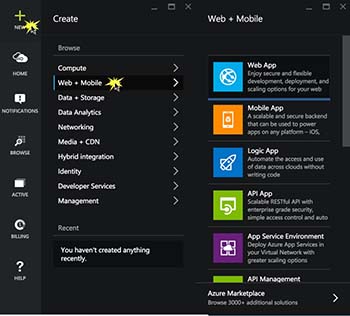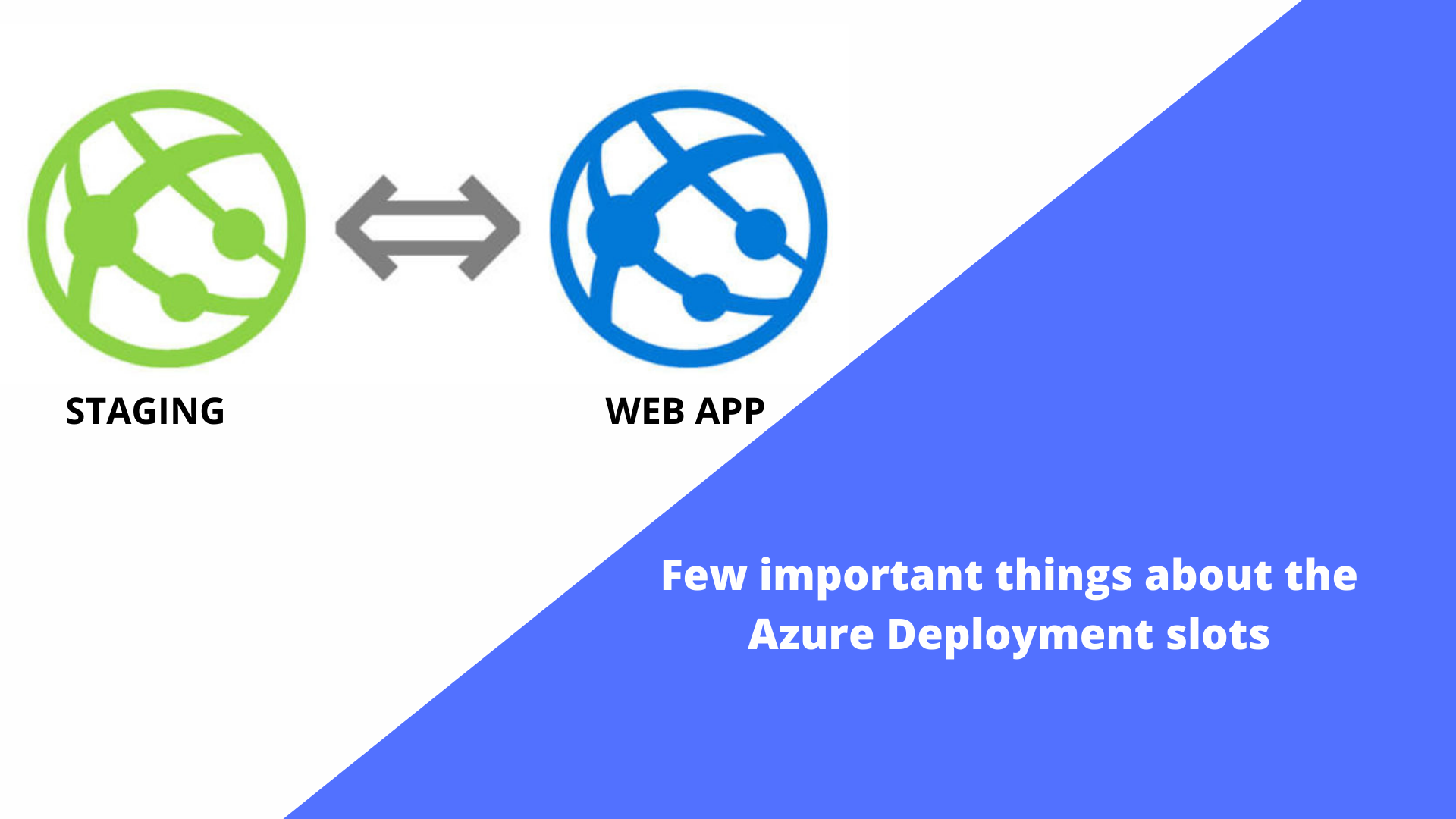Azure Deployment Slots Pricing
- Azure App Service Deployment Slots Pricing
- Azure Deployment Slots Pricing Chart
- Azure Deployment Slots Pricing List
- Azure Deployment Slots Pricing Strategy
- Azure Deployment Slots Pricing
- Azure Deployment Slots Pricing Guide
Every App Service resource in Azure has the ability to have multiple deployment slots configure. These deployments slots are a feature than can greatly help with the implementation of streamlined testing, staging, and deployment process. Along with the ability to configure multiple hosting environments, the use of Deployment Slots enables zero downtime when deploying application changes, or even rolling back a failed deployment.
Creating Deployment Slots
Deployment slots are a feature of Azure App Service Plans. As a result, every App Service resource (Web App, Web API, Mobile App) in Microsoft Azure has the ability to create up to 4 additional deployment slots with the Standard tiers, and up to 20 deployment slots with the Premium tiers.
Azure App Service Deployment Slots Pricing
Using deployment slots can allow you to do this with zero downtime. In the Azure Portal, in the Azure App Service resource blade for your Web App, you can add a deployment slot by navigating to “Deployment slots,” adding a slot, and giving the slot a name. The deployment slot has its own hostname and is a live app. Select “Deployment slots” and click “Add”. Then, enter the slot name and select the configuration source. You can create an empty slot or duplicate the production Web App by cloning the configuration from the main Web App. Once the slot is created, open this slot and notice the following URL which is a little bit different than the main. Deployment slots are actually live web apps with their own hostnames, hosted on the same application server as your main app, which keeps the “production slot”. Below you may find some key points about deployment slots, and in particular that they: are available in Standard and Premium pricing tier, offering 5 and 20 deployment slots.
Each App Service (in Standard tiers) can have up to 4 additional Deployment Slots in addition to the Production slot.
Each Deployment Slot allows for a separate instance of the application to be hosted in isolation from the other deployment slots and production slot of the App Service. The VM behind each Deployment Slot is the same VM Instance that hosts the production deployment slot. This means that the App Service and 4 additional Deployment Slots will all be hosted in and share the same VM Instance and resources.
To create App Service Deployment Slots in the Azure Portal, just navigate to the App Service, select the Deployment slots section and click the Add Slot button to create a new Deployment Slot.

Additionally, in order to use the Deployment Slots feature of Azure App Service, the pricing tier must be either Standard or Premium. The Free, Shared, and Basic pricing tiers do not support deployment slots.

It’s important to keep in mind that all Deployment Slots share the same VM Instance and server resources.
Deployment Slot URL / Endpoint
Azure App Service applications get a unique URL that is made up of the App Service Name as the subdomain of the azurewebsites.net domain. In the above screen shot, the App Service Name is “testapp2063” which means the URL / endpoint for the Production slot of the App Service is located at testapp2063.azurewebsites.net.
When creating Deployment Slots each slot gets it’s own URL / Endpoint. The endpoint for each deployment slot derives from the endpoint for the Production slot by appending the name of the deployment slot with a hyphen.
With an App Service named “testapp2063” the URL / Endpoint for the following deployment slots will have the following values:
- dev => testapp2063-dev.azurewebsites.net
- test => testapp2063-test.azurewebsites.net
- stage => testapp2063-stage.azurewebsites.net
Deployment Slot Swapping
Azure Deployment Slots Pricing Chart
Swapping Deployment Slots is the method of copying the currently deployed application code and settings of one deployment slot and swapping it with another. Swapping allows for the deployment of application code to be done from one environment to another very quickly. It also allows for a couple new deployment techniques that didn’t exist in traditional server hosting.
Azure Deployment Slots Pricing List
To swap Deployment Slots from the Azure Portal, just navigate to the list of Deployment Slots for an App Service or navigate to the specific Deployment Slot that needs to be swapped. Then, click the Swap button and specify which Deployment Slot to swap with. See the above screenshots for reference of where the Swap button is located within the Azure Portal.
When an application is deployed using Deployment Slot swapping, there is zero downtime
When an application is deployed using Deployment Slot swapping, there is zero downtime of the application. The way this is implemented is by just rerouting the Deployment Slot Endpoint between the Deployment Slots being swapped. Both deployment slots remain running and actively responding to client requests throughout the swap.
Staged Deployment
The technique of performing a Staged Deployment allows for application code to be deployed to a non-production deployment slot (such as one named stage) to test or verify functionality is working as expected. Then once everything has been verified, the Stage deployment slot can be swapped with Production making the staged application deployment the new Production instance of the application.
Incremental Deployment
Azure Deployment Slots Pricing Strategy
There are times when deploying application changes might require additional changes other than just deploying the latest code. These requirements could be running SQL scripts or some other post deployment step necessary to fully deploy the latest code. Deploying to a Stage deployment slot can allow for these Incremental steps to be performed after the code is deployed in a way that can be tested and verified before deploying to production.
Azure Deployment Slots Pricing

Rollback Deployment
Every once in awhile a deployment fails for some reason. Maybe files end up corrupt, a major bug is found, or some other reason for failure. In these cases, it’s necessary to rollback a deployment. Using Deployment Slots, a deployment can be rolled back easily buy just swapping the Deployment Slots back.
Azure Deployment Slots Pricing Guide
Basically, swap Stage with Production to deploy new changes. When a major bug is found that requires a rollback, then the Production and Stage Deployment Slots can be swapped back. This allows for the old application code to be rolled back into Production in a matter of minutes. This leads to greatly decreased downtime in the event of a deployment failure.
Chris is the Founder of Build5Nines.com and a Microsoft MVP in Azure & IoT with 20 years of experience designing and building Cloud & Enterprise systems. He is also a Microsoft Certified: Azure Solutions Architect, developer, Microsoft Certified Trainer (MCT), and Cloud Advocate. He has a passion for technology and sharing what he learns with others to help enable them to learn faster and be more productive.